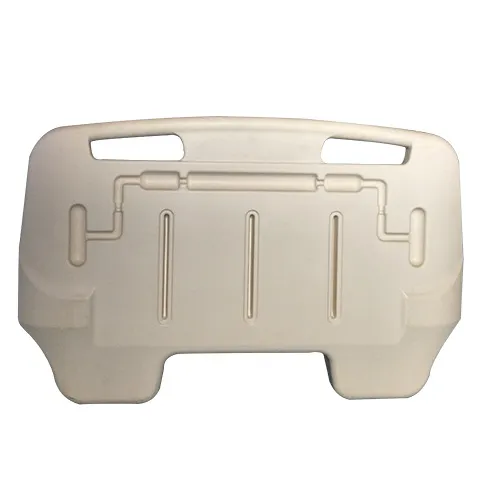Welcome to our websites!
Critical Response Team in Emergency Medicine and Crash Cart Procedures
Understanding the Crash Cart in Emergency Medicine
In the field of emergency medicine, time is of the essence. When a patient experiences a life-threatening medical emergency, the quick and efficient response of healthcare professionals can mean the difference between life and death. One of the critical tools in this urgent response is the crash cart. This essential piece of equipment is specifically designed to provide immediate access to lifesaving drugs, devices, and supplies during cardiac arrest or other critical emergencies.
What is a Crash Cart?
A crash cart, also known as a code cart or emergency cart, is a wheeled unit stocked with medications, equipment, and supplies required for advanced cardiac life support (ACLS). It is primarily used during situations such as cardiac arrest, respiratory distress, or other critical conditions that necessitate rapid medical intervention. The cart typically includes essential items such as defibrillators, oxygen supplies, intravenous (IV) medications, and emergency airway equipment.
Components of a Crash Cart
The crash cart is meticulously organized, with each component serving a vital role in emergency care. Some of the standard items found in a crash cart include
1. Defibrillator A crucial device used to restore normal heart rhythm in patients experiencing ventricular fibrillation or pulseless ventricular tachycardia. Defibrillators can be manual or automated (AEDs) and are lifesaving tools in cardiac emergencies.
2. Medications The crash cart contains a variety of emergency medications, such as epinephrine, atropine, amiodarone, and sodium bicarbonate. These are critical for managing cardiac arrest, bradycardia, and other urgent medical conditions.
3. Airway Management Supplies To secure the airway, the crash cart is equipped with intubation tools, bag-valve masks, and oropharyngeal airways. Proper airway management is crucial in preventing hypoxia in unresponsive patients.
crash cart emergency medicine

4. Intravenous Supplies IV catheters, fluids, and administration sets are included to provide rapid access to the circulation for medication delivery and volume resuscitation.
5. Monitoring Equipment Essential for tracking vital signs, both manual (sphygmomanometers and stethoscopes) and automated monitoring equipment (ECG monitors), can be found on the crash cart. These devices help healthcare professionals assess the patient’s condition in real-time.
6. Basic Life Support (BLS) Supplies Items necessary for performing BLS, such as gloves, face shields, and suction devices, are also important components of the crash cart.
Importance of the Crash Cart in Emergency Care
The presence of a crash cart in emergency medical settings significantly enhances the efficiency and effectiveness of patient care during critical situations. Its strategic location, usually near patient care areas, allows for rapid deployment when every second counts. Regular checks and maintenance of the crash cart are vital to ensure that all items are present and easily accessible, as well as that medications are within their expiration dates.
Training healthcare providers in the use of the crash cart is equally important. Understanding the layout, contents, and proper usage of the equipment can save precious time in emergencies. Simulation training and mock codes provide valuable opportunities for both new and experienced staff to familiarize themselves with crash cart protocols and improve their response in real-life scenarios.
Conclusion
In conclusion, the crash cart is an indispensable resource in emergency medicine, providing lifesaving equipment and medications necessary for managing critical medical emergencies. Its role in facilitating immediate and effective intervention cannot be overstated. Ensuring that crash carts are well-stocked, organized, and regularly maintained is essential for healthcare providers, ultimately enhancing patient outcomes in emergency situations. With adequate training and preparation, healthcare teams can respond swiftly and confidently, maximizing the chances of survival for those in dire need.
-
Transforming Healthcare with Hospital FurnitureNewsJun.24,2025
-
Rehabilitation EquipmentNewsJun.24,2025
-
Mobility and Independence with WheelchairsNewsJun.24,2025
-
Freedom of Mobility with Our Rollator WalkersNewsJun.24,2025
-
Comfort and Independence with Commode ChairsNewsJun.24,2025
-
Bathing Safety and Independence with Shower ChairsNewsJun.24,2025
-
Navigating the Wholesale Landscape of Electric Mobility Solutions: Key Considerations for Power Wheelchair DealersNewsJun.10,2025











